Our calf muscles in the lower leg are muscles that we use every day to walk, stand and generally move around so they can become tight when working a lot. Here are our top tips on what to look out for and what you can do about tightness if it happens to prevent it becoming anything more serious.
The most common cause of tight calf muscles is over-use of these muscles. Tightness will be very common for anyone who takes part in high intensity sports and especially running (more so for long distance) as the calves will be taking a lot of pressure during these.
You will find that symptoms of this can range from feeling mild discomfort in the calf muscle to much more intense pain. This pain can be felt during or immediately after you have exercised, or it can kick in hours later. Movements you may find particularly uncomfortable when you have tight calves will include standing up on your toes or applying pressure to the area, you may even notice some bruising or swelling.
If you notice some tightness in either one or both of your calves the first thing you should do is make sure you are stretching them adequately. See below a couple of basic stretches that are good to work through, as well as probably the most common one of dropping your heels down off a step, and you should transition into each move gently to ease the muscle into the stretched position then aim to hold for 20-30seconds. With downward dog (on the right below) if you bend one knee at a time in this position you will feel the stretch more intensely through one side at a time. Your therapist can also recommend further stretches suitable for you but these ones are a good start that you can do either at the gym or at home.
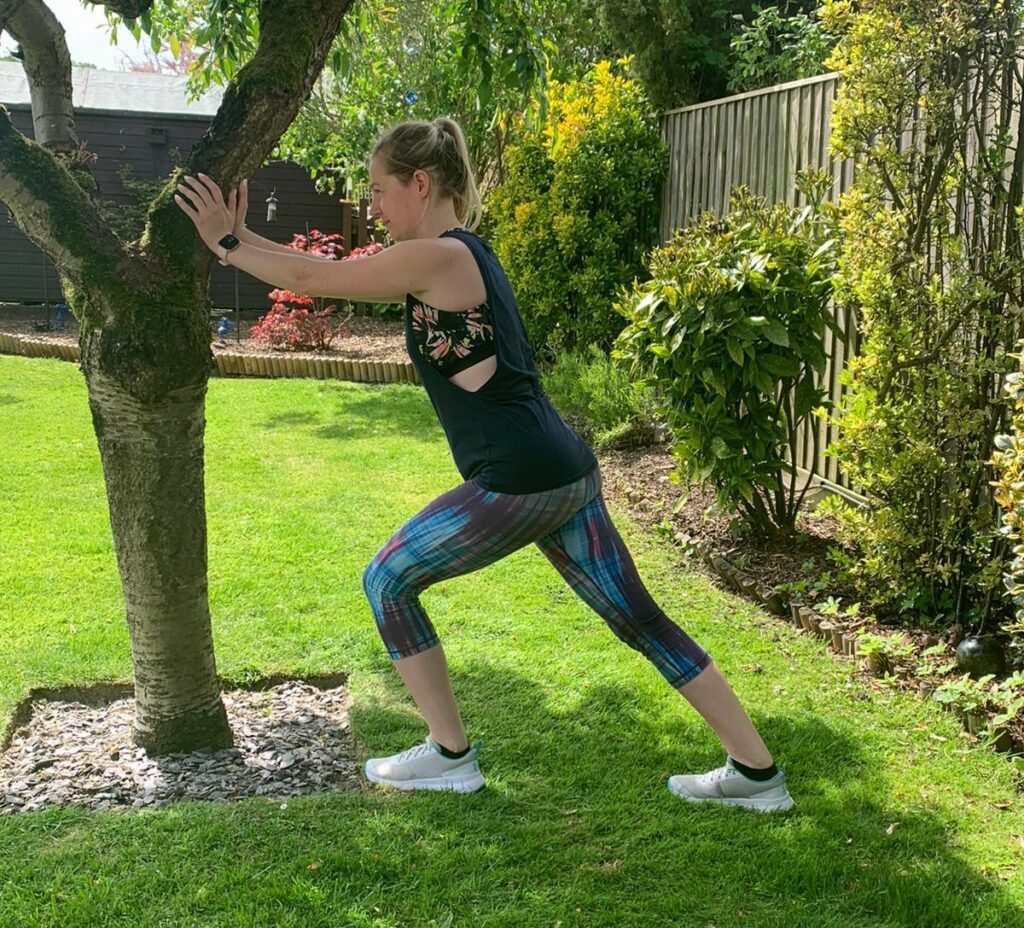
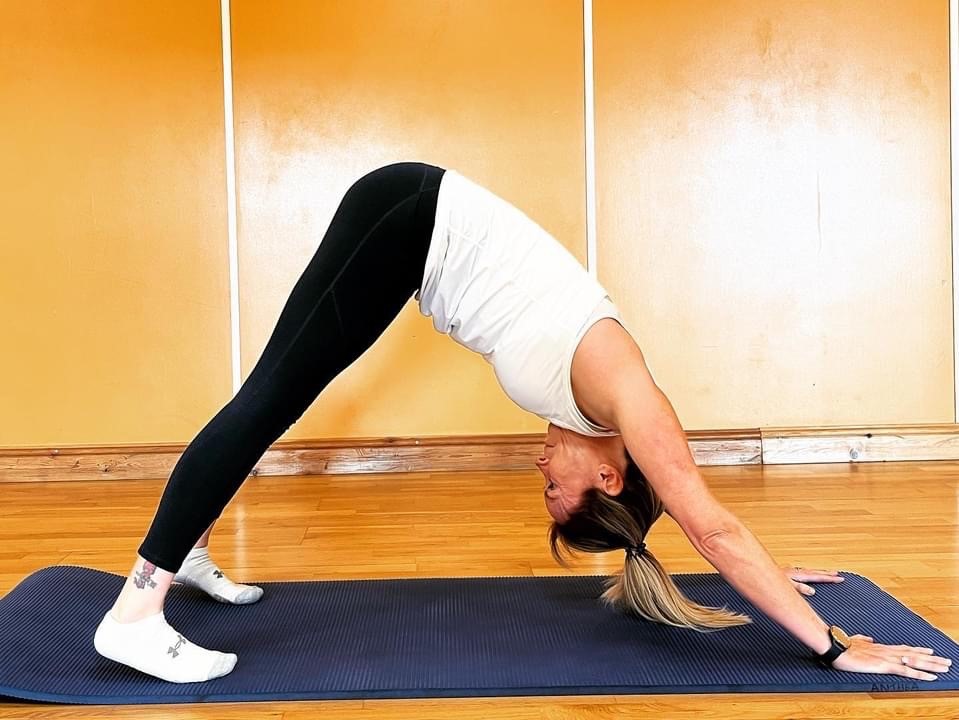
Foam rolling can also help, again starting gently so you don’t do damage to the muscles. Aim to roll up the full length of the muscle, adjusting the pressure as necessary (remember it shouldn’t be painful but may be slightly uncomfortable!) When you find a tighter area gently rock back and forth over this area until it eases slightly and then continue. You can change the angle of the foam roller too which will hit the muscles in a slightly different way. See below for body positioning.
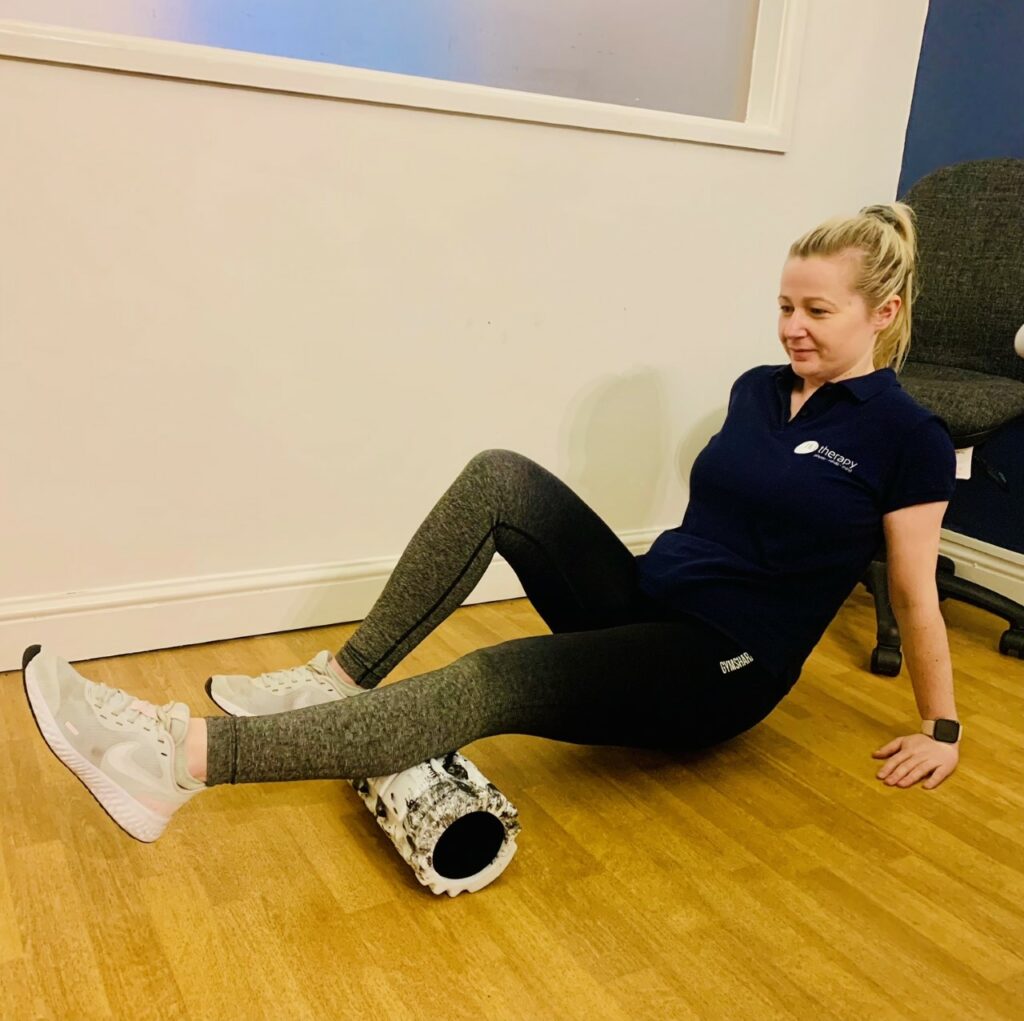
If you feel your calf tightness suddenly develop immediately after exercise then resting and icing will help to reduce any swelling and reduce the risk of muscle damage. Sports Massage is very beneficial which will include manipulation of the muscles and soft tissue by your therapist which will help to get rid of the tension and ease the pain.
To help avoid getting tight calf muscles, particularly if you are into a high intensity sport or running, always ensure you warm up properly before exercise or playing your sport, keep yourself hydrated throughout, check that your footwear gives you adequate support, and stretch your calf muscles out properly after exercise (you can use the exercises above!)
Maintenance massages between any regular exercise is always advised to help treat the tight muscles before they become a problem. This will increase the blood flow and circulation in the muscles, meaning they get all they need to recover quicker between being used, aiming to reduce over-use. Your therapist may also use trigger points to help release the tension in the muscle alongside the various massage techniques.
Adding resistance training into your sessions will also help to improve muscular strength and fitness in these muscles so they can cope with more stress being put on them.
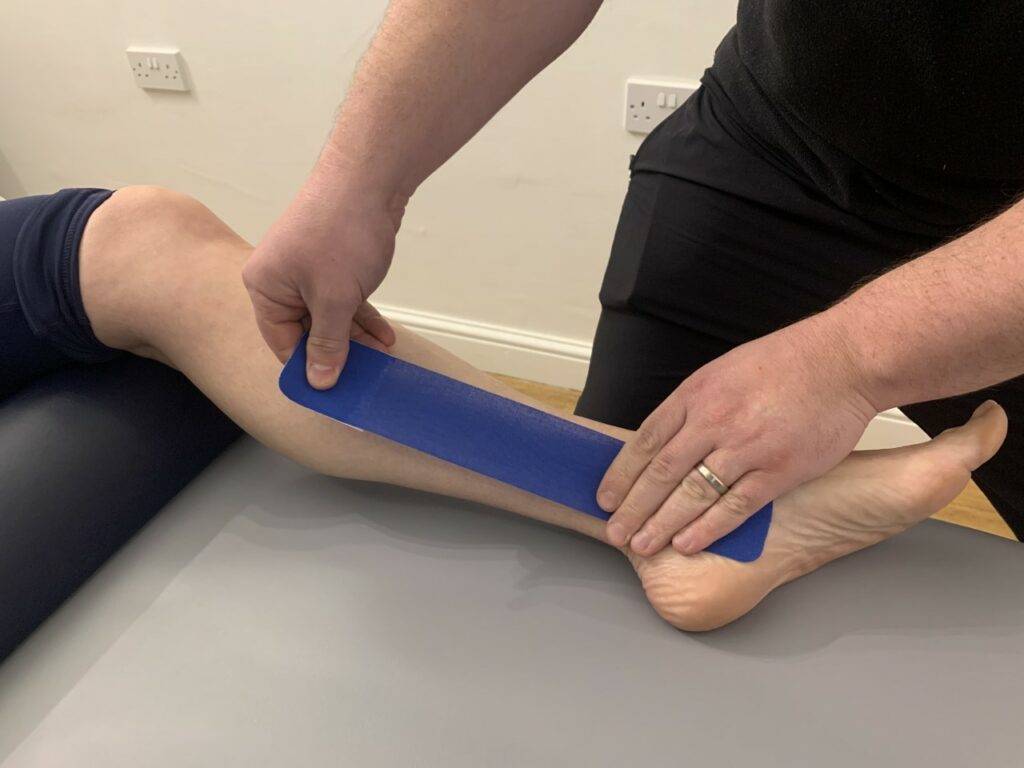
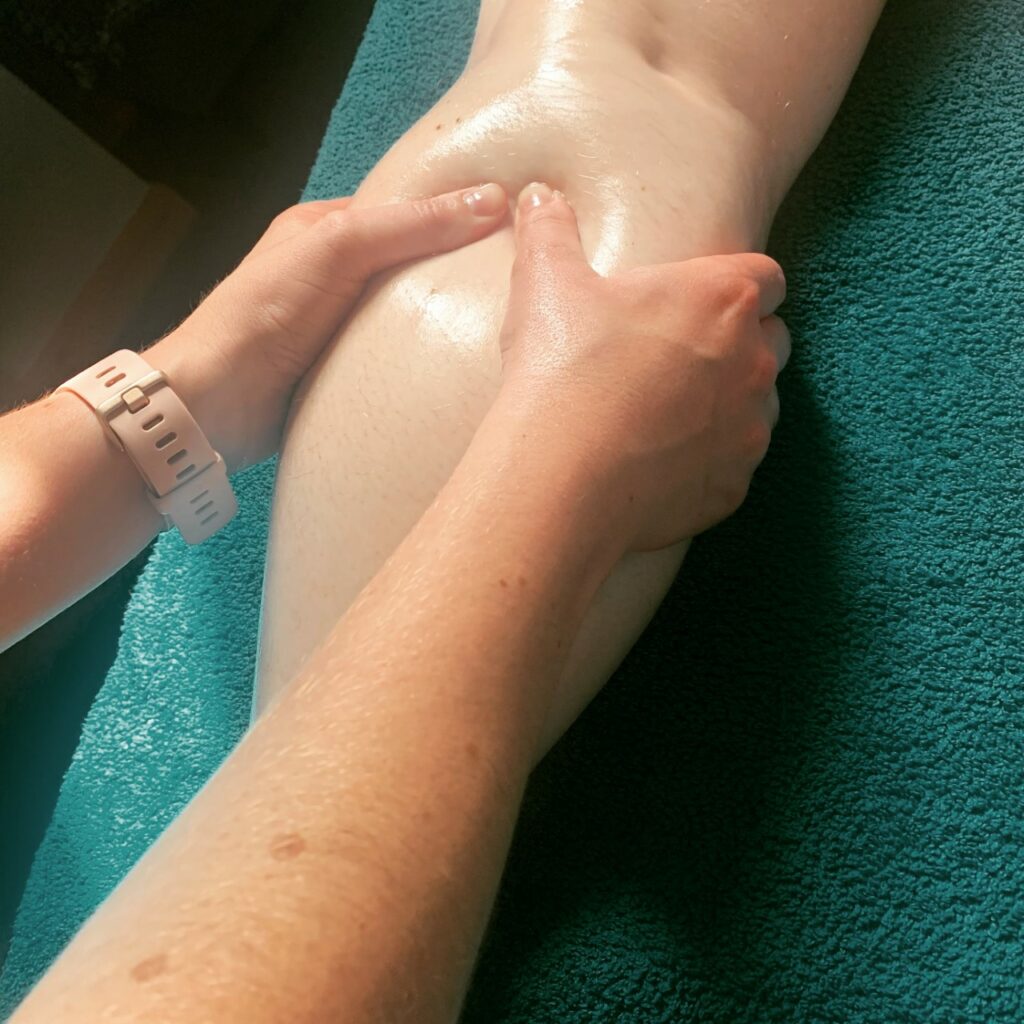

It is always best to get tight calf muscles seen to as soon as you can as this can prevent it from turning into a more serious and painful problem such as shin splints, plantar fasciitis or compartment syndrome to name a few. Here at tfd therapy we can help with stretching and foam rolling advice, sports massage, as well as further soft tissue treatment such as shockwave therapy, dry needling, dry cupping and taping if the pain persists once they have been stretched and loosened off.
If you suffer with tight calf muscles then get in touch and we will be more than happy to help!

